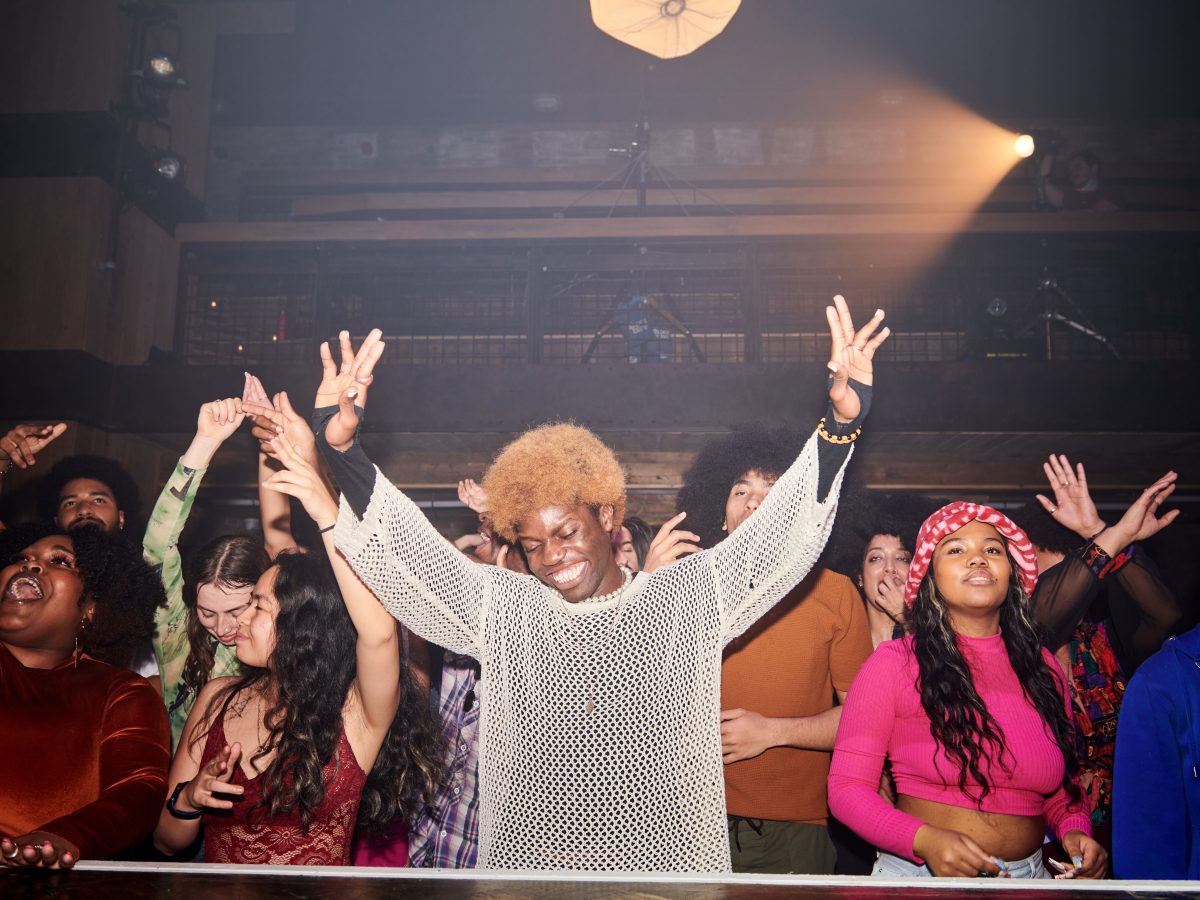
2025 has ushered in much controversy, seemingly in full gear. Music has taken the lead as the primary source of many discussions. Halle Bailey recently alleged abuse by the father of her child, DDG, amid disputes over visitation. Meanwhile, Sean “Diddy” Combs’ long-awaited trial for multiple criminal charges, including sex trafficking and racketeering conspiracy, has officially begun. These events have sparked feelings of frustration and concern, while also highlighting a cultural divide: can we support artists despite their personal controversies, or should we take a stand by boycotting their work entirely? In other words, can we separate the art from the artist?
Separating art from the artist involves appreciating creative work while acknowledging the individual’s personal behavior, which in some cases includes serious allegations of violence or misconduct. This ongoing debate raises important questions about accountability and fandom.
For example, Chris Brown faced legal issues related to an incident involving Rihanna, yet he continues to tour internationally. Bill Cosby’s conviction for sexual assault did not prevent his show from remaining on television for years. Dr. Dre has been accused of abusing women in the 1990s, but his music career, both solo and with N.W.A., has continued to thrive. R. Kelly, who was convicted of sexual crimes, still has songs that appear on popular playlists.
These examples prompt reflection: does continuing to enjoy an artist’s work imply support for their actions? Or is it possible to separate creative output from personal behavior? For some fans, it’s a matter of appreciating the art independently, while others find ongoing support difficult to reconcile with the artist’s history.
Njera Perkins, culture reporter for HuffPost, notes, “We’ve seen how effective collective music boycotts can be — just look at the #MuteRKelly movement. It’s about demanding accountability.” At the same time, she suggests that “separating the art from the artist does not hold the person accountable, nor does it necessarily affect them.” This perspective underscores the complexity of whether consumption of art influences an artist’s behavior.
Many of the offenses involved concern violence or mistreatment of women, which can be particularly challenging for some listeners. Considering the cases of Combs and DDG, who have been accused of abuse in their personal relationships, questions arise about how comfortable fans feel engaging with their music or public personas.
For some men and other listeners, the emotional impact may differ, but the issue of supporting artists with controversial histories remains significant. Perkins adds, “If you support women and condemn domestic and sexual violence, distancing yourself from artists who contradict those principles can be important. However, people’s attachments to music are complex, and sometimes they find ways to reconcile or excuse behavior.”
This complexity may stem from differing moral frameworks or cultural factors influencing how fans approach such dilemmas.
Ultimately, the question of separating art from artist does not have a simple yes or no answer. Art is often a reflection of the creator, but it can also take on a life of its own beyond the individual. Perkins encourages fans to consider the context of the art’s creation and to ask themselves, “Does continuing to consume or support this work make us complicit in enabling harm or reinforcing harmful narratives?”
This discussion extends to artists who have created influential cultural works for decades. Cosby, for example, produced shows like Little Bill and A Different World, which many grew up with, even as allegations against him surfaced. Brown’s early hits captured the attention of many young fans, despite later controversies. Similarly, Diddy’s role in shaping Bad Boy Records is undeniable, even as allegations against him have emerged.
These considerations lead to further questions: can talent excuse personal misconduct? At what point is an artist’s behavior too serious to overlook? Can they recover their reputation or make amends?
In the end, these decisions lie with each individual as consumers and fans, weighing their values and boundaries. The debate remains ongoing, reflecting the complex intersection of art, morality, and human imperfection.